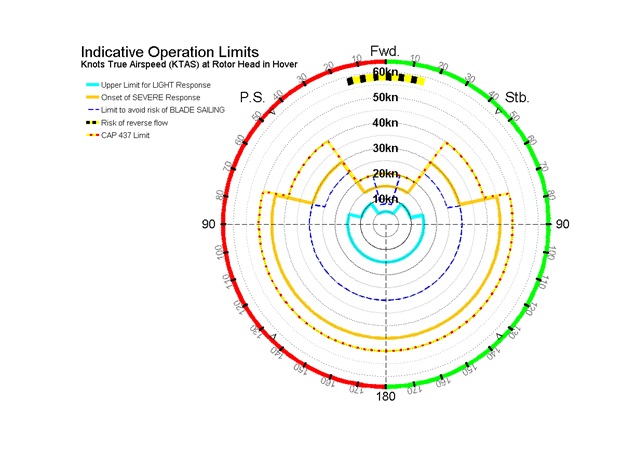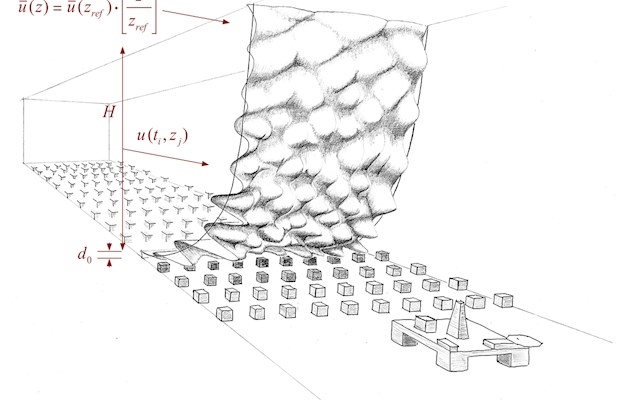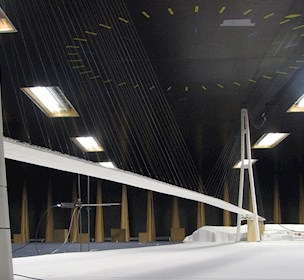Is it safe to land or take-off at your helideck?
A large number of offshore structures and vessels are equipped with either a helideck or dedicated winching areas for helicopter operations. The airflow surrounding these areas can play a significant role in limiting the serviceability of the helideck.
Authorities require airflow conditions to be assessed, especially in the offshore industry, and the helideck's location optimized accordingly.
What happens if the temperature changes?
Temperature increases exceeding 2°C due to nearby heat sources may impose operational limitations. When modeling or testing indicates such a rise, the helicopter operator must be consulted to apply appropriate restrictions.
Investigation of the airflow
Various methods, including CFD and wind tunnel tests, can assess the impact of airflow and heat sources on helideck operations, whether for new designs or existing structures. Each method has strengths and limitations.
With decades of experience in testing helicopter operations in wind tunnels, we offer a comprehensive study that includes both qualitative and quantitative measurements, such as:
- 3-dimensional flow field investigation using flow visualizations
- Polar analysis of the flow components at several elevations, corresponding to several hover positions above the helideck, as well and as one elevation with the helicopter standing on the helipad during engine start-up. Measurements of the flow components at numerous points along an approach or take-off path
- Measurement of flow components along take-off and approach paths
- Detailed analysis of gusty winds, flight performance limits, and potential operational restrictions
At the end of the test campaign, we provide clients with an intuitive polar plot, helping helicopter pilots easily interpret the potential response when landing on an offshore structure. The plot also includes guidelines on potential restrictions due to engine start-up, where blade-sailing may occur.


Article


